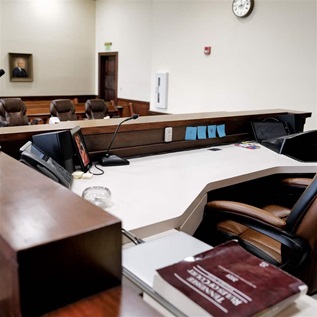Project on Student Debt: Statement on Today's House Higher Education Bill
Lauren Asher, president of the Institute for College Access & Success, which runs the Project on Student Debt, issued the following statement:
“With student debt at record levels and loan default rates on the rise, the House Education and Labor Committee bill unveiled today provides real annual increases in student grant aid, reducing the need to borrow. It also includes provisions aimed at limiting student costs, increasing college completion rates, and expanding capacity at community colleges, which serve more than 40% of all undergraduates.
“This bill is a major step toward restoring the Pell Grant's lost purchasing power. Increasing mandatory funding for the Pell Grant and tying it to inflation plus 1 percentage point will provide real increases each year and let students and families know how much federal aid they can expect. If the maximum Pell grant had been rising at this rate since the 1974-75 school year, it would be 43% higher than it is today and cover 47% of the cost of a public four-year education. In 1975-76, the maximum grant covered 84% of that cost; today it covers 35%.
“The bill also expands and improves the Perkins Loan Program with incentives for colleges to keep students' costs down and raise graduation rates. Perkins loans are a relatively low-cost borrowing option, but the program's current design rewards colleges for raising prices while ignoring indicators of how well they serve their students. Our recent white paper suggested retooling the program to focus on schools that prioritize affordability and completion.
“In addition to freeing up much-needed resources for student aid, the Committee's proposal to streamline the student loan program will make it easier for borrowers to distinguish federal student loans from risky private loans. The fact that private lenders currently make both federal and private student loans is extremely confusing to consumers. In 2007-8, more than 60% of undergraduates with private loans borrowed less than they could have in federal loans, and one in four had no federal loans at all.
“The bill also simplifies the student aid application process by reducing how much income information students and their parents have to provide. This will make it even easier to complete the FAFSA with IRS data and help more students get the federal, state, and college aid that can help them start and finish college.
“Overall, this bill sends a powerful signal about the importance of higher education to our families and our economy. It invests in students by significantly strengthening the Pell Grant, and it enlists colleges and states in helping more Americans get to and through college without excessive debt.”
An independent, nonprofit organization, the Institute for College Access & Success works to make higher education more available and affordable for people of all backgrounds. By conducting and supporting nonpartisan research, analysis, and advocacy, the Institute aims to improve the processes and public policies that can pave the way to successful educational outcomes for students and for society.www.ticas.org
Pew is no longer active in this line of work, but for more information, visit the Project on Student Debt Web site or visit the The Project on Student Debt on PewHealth.org.











